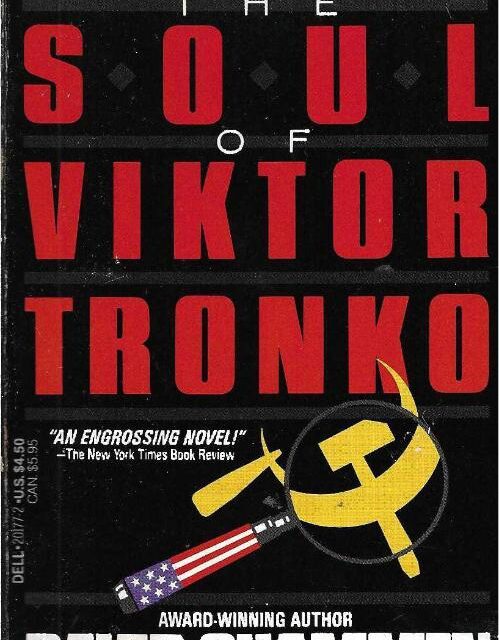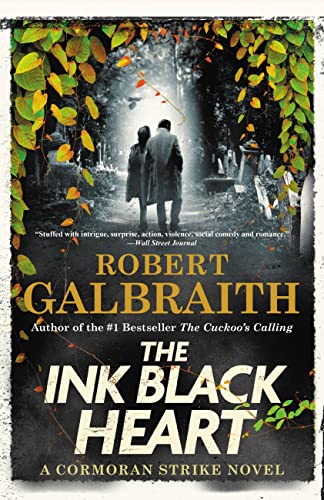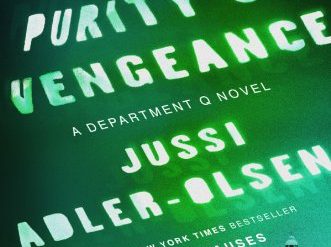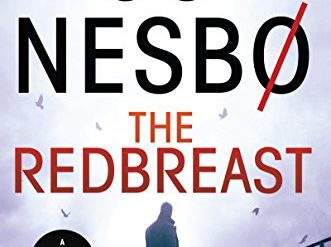
Estimated reading time: 7 minutes
At the time, few if any inside the Agency would have called him a “mole.” That term didn’t enter wide use until the publication in 1974 of John le Carré’s novel, Tinker Tailor Soldier Spy. But for a decade in the 1960s and 70s, the CIA’s counterintelligence chief, James Jesus Angleton, turned the Agency inside out in a futile search for the highly placed KGB spy he was convinced the Soviet Union had embedded at Langley.
By some accounts, Angleton’s paranoid obsession began in 1963 when his long-time friend Kim Philby defected from the UK to Moscow. And his unrelenting search for the mole in the CIA continued until Director William Colby fired him in December 1974. But the damage had been done by then. Reportedly, Angleton pursued at least forty suspects, damaging their careers and forcing many to leave the Agency—although he never found the fabled mole. That fruitless search is the subject of David Quammen’s endlessly fascinating novel, The Soul of Viktor Tronko.
A reporter sets out to identify the mole
It’s 1983, and science journalist Michael Kessler is at work on a biography of a South African expert on termites. Like the author himself, Kessler had begun work years earlier writing about spies but has gravitated toward nature stories. Then a voice from the past turns up on his doorstep in New Haven.
Melvin Pokorny was the deputy to the CIA’s chief of counterintelligence for a long time but is now retired. He had been Kessler’s source for the exposé of the Agency’s wrongdoing that had launched his career. And now Mel has an extraordinary tale to tell him about the fabled hunt for “Dmitri,” the mole in the CIA. It’s a story with Mel at the very center of the action. It explains why Claude Sparrow, the stand-in for James Angleton, had left the Agency. And the story is so intriguing that it sets Kessler off on his own hunt for the mole, no less obsessive than Angleton’s own.
The Soul of Viktor Tronko by David Quammen (1987) 403 pages ★★★★★
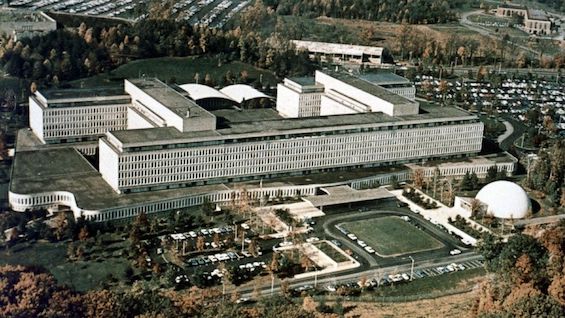
This fictional mole hunt closely mirrors history’s
Quammen’s tale slowly emerges from a series of interviews Kessler conducts with Pokorny and other highly placed former CIA officers. We follow him over several weeks up and down the East Coast as he induces one after another to speak with him. It’s a convoluted tale, twisting and turning and reversing itself as Kessler speaks with men who had long been at odds with one another. It’s “the ultimate intellectual puzzle,” as one of the interviewees suggests. And as Kessler comes progressively closer to identifying Dmitri, first one man, then another, attempts to kill him. These are the elements of a cleverly constructed spy thriller, and The Soul of Viktor Tronko is certainly that. But it’s all based on people and events in the Agency’s history, twists and turns included. Fictional window-dressing notwithstanding, it all really happened.
Two KGB defectors anchor this story
As Kessler learns through his interviews, two Soviet defectors are at the heart of the puzzle. Bogdan Kirilovich Fedorenko, who defected to the CIA in 1962, resembles Anatoliy Mikhaylovich Golitsyn (1926-2008). In reality, as is the case with his fictional counterpart in the novel, Golitsyn was controversial. James Angleton deemed him “the most valuable defector ever to reach the West.” Others, including highly placed officers in the Soviet Bloc Division, regarded him as an “unreliable conspiracy theorist.” But it was Golitsyn who provided the information that confirmed the identities of the “Cambridge Five” spies, most notably Kim Philby, thus triggering Philby’s defection. And he provided both US and British intelligence with invaluable information about the inner workings of the KGB, which he had served with the rank of major.
Similarly, Quammen’s titular character, Viktor Semyonovich Tronko, mirrors Yuri Ivanovich Nosenko (1927-2008). Nosenko defected to the United States in 1964. Like Golitsyn, he was the subject of controversy for years, but with the roles reversed. The Soviet Bloc Division defended him. Counterintelligence was unreservedly skeptical. Nosenko was effectively imprisoned and subjected to psychological torture for over three years before the Agency finally accepted him as a bona fide defector—but not by Claude Sparrow. And the head of the Soviet Bloc Division rises to head the Agency, foretelling Sparrow’s dismissal several years later.
The central characters at the CIA
Kessler gradually pieces together a balanced picture of the two KGB defectors through his interviews with Sparrow, his two closest deputies, plus two of their antagonists in the Soviet Bloc Division—and a mysterious man who refuses to identify himself but may be one of the two defectors.
Claude Sparrow’s doppelgänger, James Jesus Angleton (1917-87), served as the agency’s chief of counterintelligence from 1954 to 1975. History remembers Angleton as paranoid and overzealous in his search for the mole in the CIA. But, as his entry in Wikipedia notes,”Whether this was a highly destructive witch hunt or appropriate caution vindicated by later moles remains a subject of intense historical debate.” And that debate lies at the heart of Quammen’s novel.
In fact, there is abundant evidence that the KGB had indeed embedded a spy high in the ranks of the CIA in the 1960s or earlier. Howard Blum’s explosive book, The Spy Who Knew Too Much, tells the story compellingly. So, it turns out that Jim Angleton was probably right.
About the author
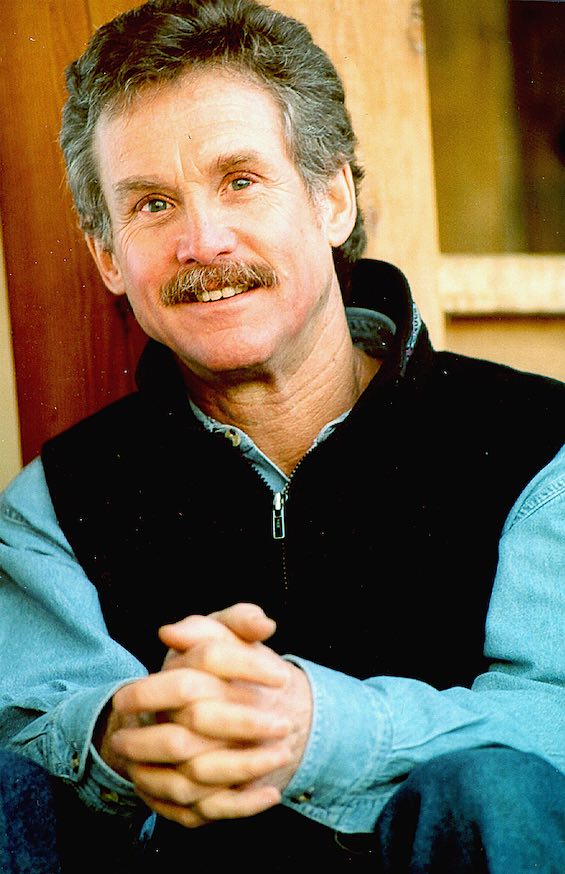
David Quammen is the author of four novels, one book of short stories, and seventeen works of nonfiction. He has won numerous major awards, including a National Magazine Award (three times), a Guggenheim Fellowship, and an honorary doctorate. Quammen was born in 1948 in Cincinnati and received his BA from Yale University. He was a Rhodes Scholar, which led him to a B.Litt. degree from the University of Oxford in 1973. He currently lives with his wife in Bozeman, Montana.
For related reading
This is one of The 21 best books of 2023, 26 mysteries to keep you reading at night, and of The best Russian mysteries and thrillers.
For a deeply researched nonfiction account of the real hunt for the mole in the CIA, see The Spy Who Knew Too Much: An Ex-CIA Officer’s Quest Through a Legacy of Betrayal by Howard Blum (Unmasking the mole in the CIA).
For confirmation of the story Howard Blum tells, which Quammen uses as the basis for his novel, see Spymaster: Startling Cold War Revelations of a Soviet KGB Chiefby Tennent H. Bagley (Startling revelations from a top KGB spymaster).
And for an excellent biography of the man behind it all, the model for Claude Sparrow, see The Ghost: The Secret Life of CIA Spymaster James Jesus Angleton by Jefferson Morley (The man who nearly destroyed the CIA).
I’ve reviewed one of David Quammen’s nonfiction books: Spillover: Animal Infections and the Next Human Pandemic (Where do all those emerging diseases come from?). He’s a terrific writer.
You’ll find novels in the same genre as this one at:
- The 15 best espionage novels
- Good nonfiction books about espionage
- The best spy novelists writing today
- Top 10 mystery and thriller series
And you can always find my most popular reviews, and the most recent ones, on the Home Page.

